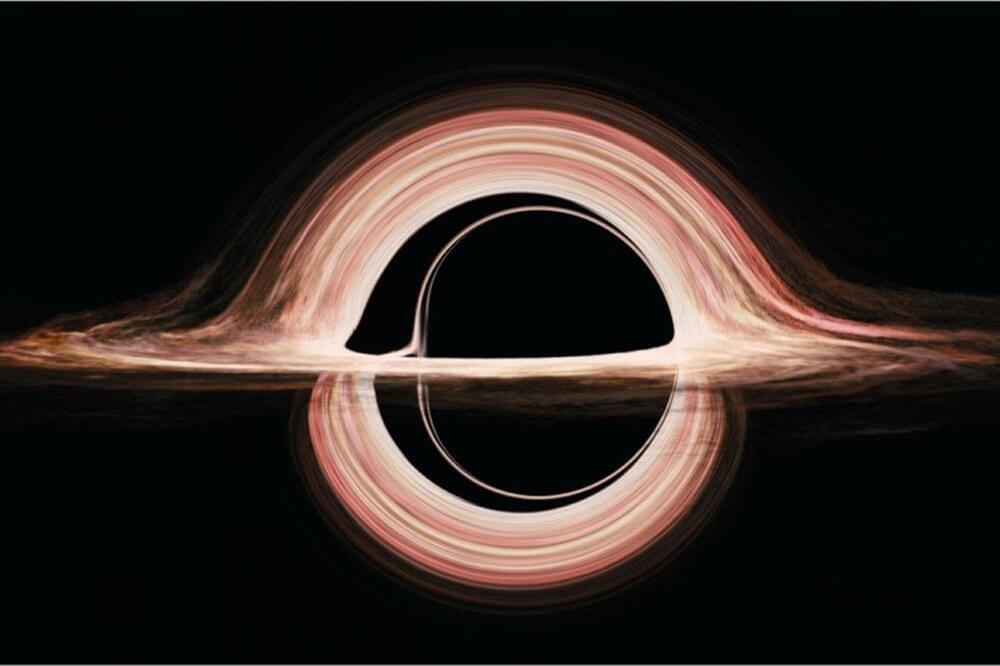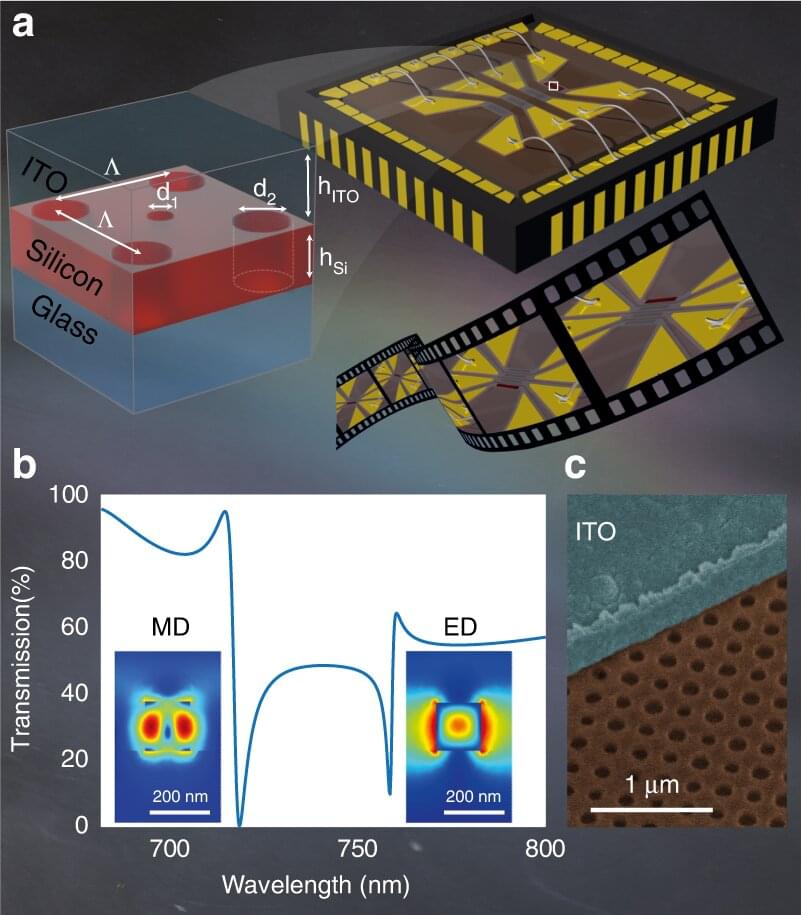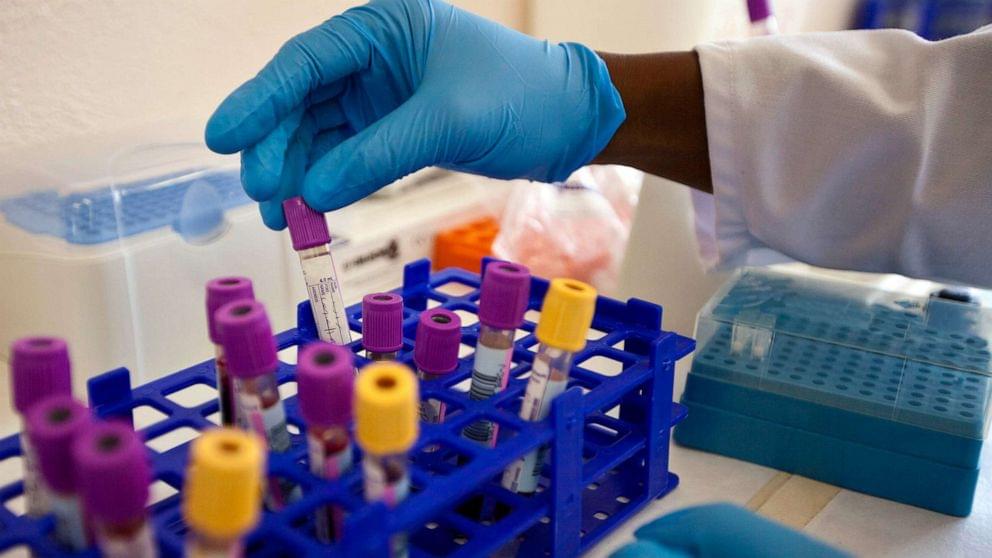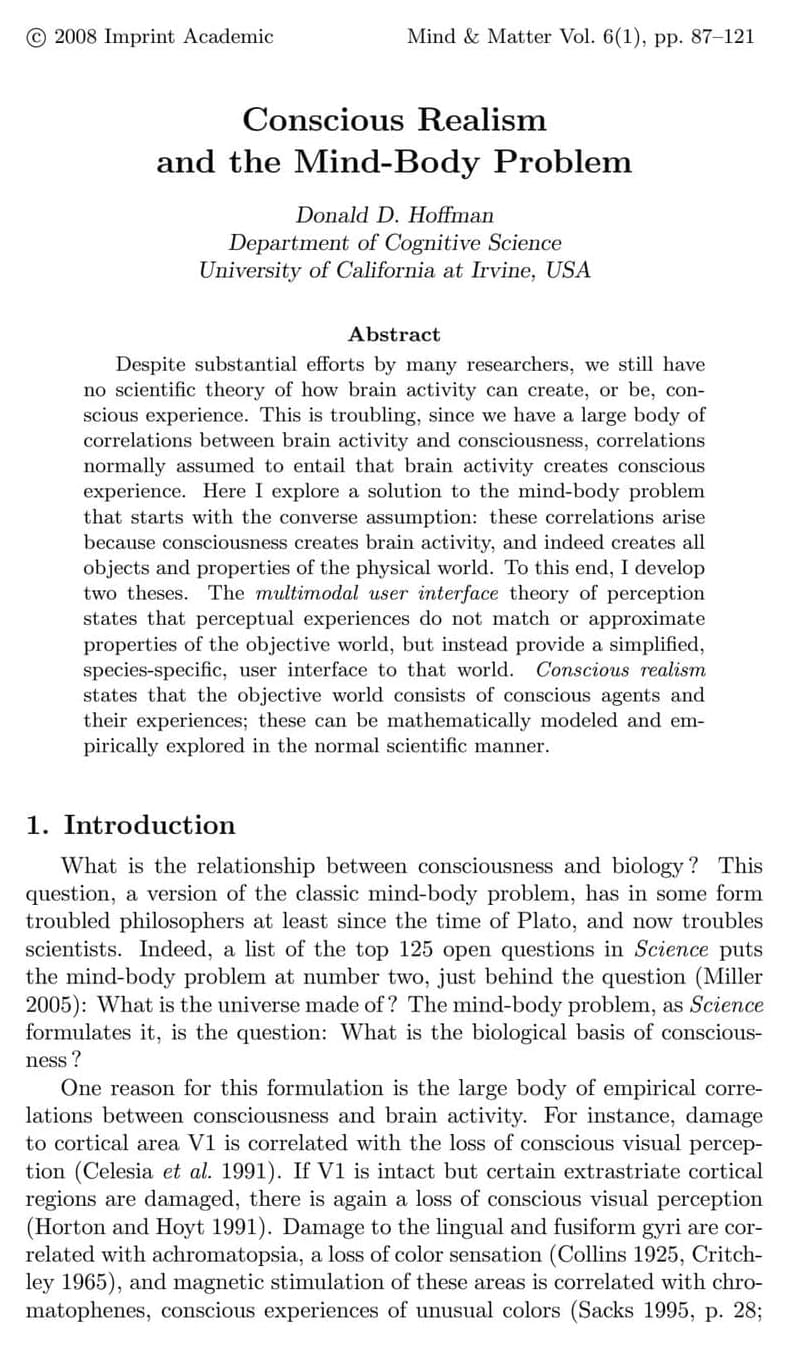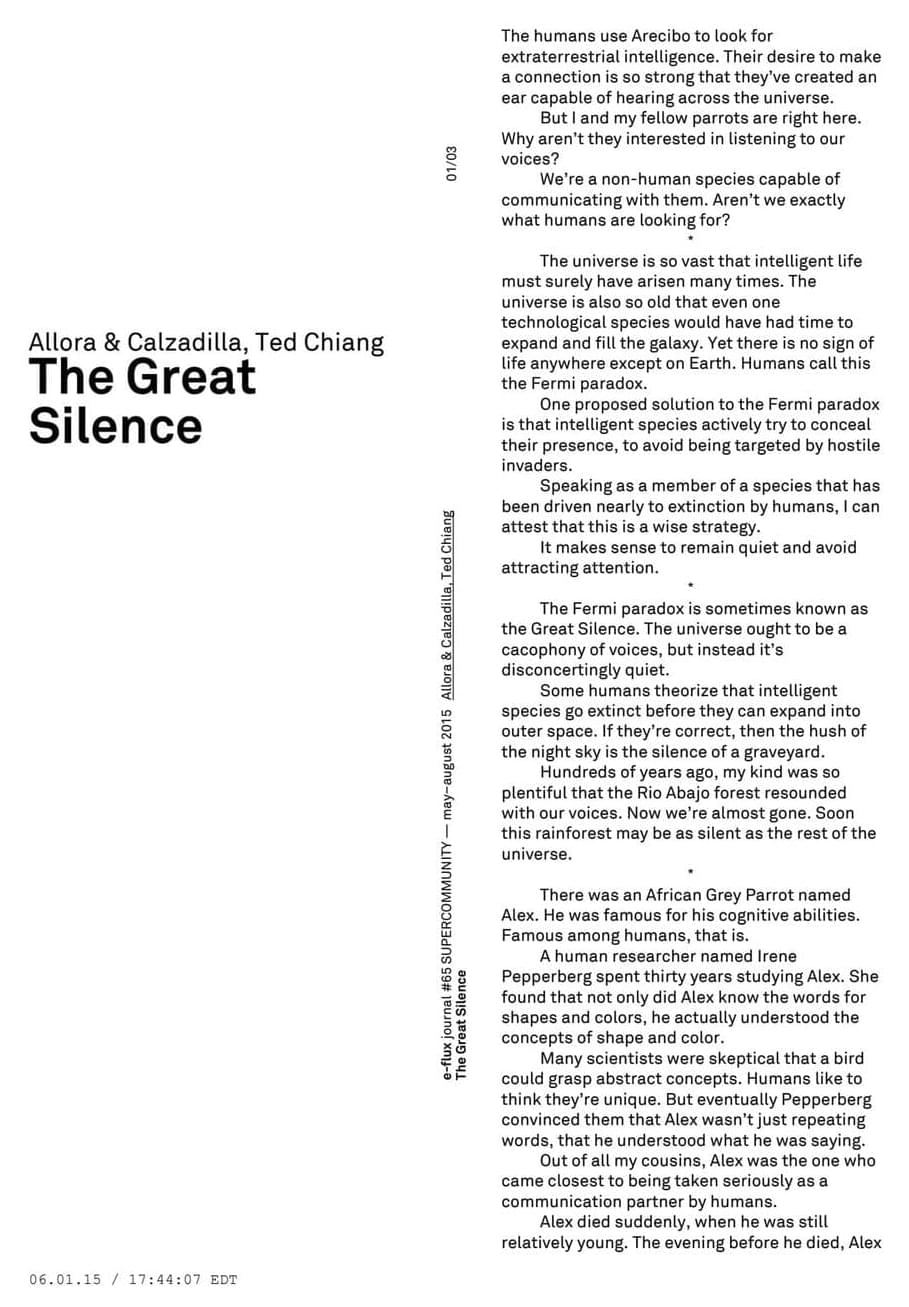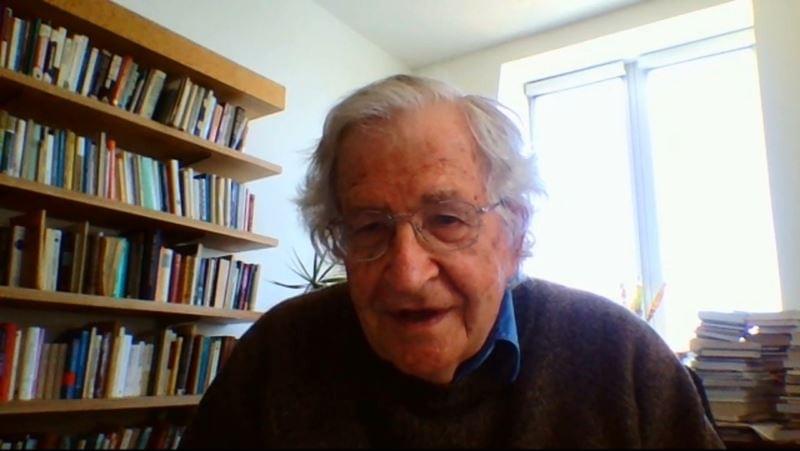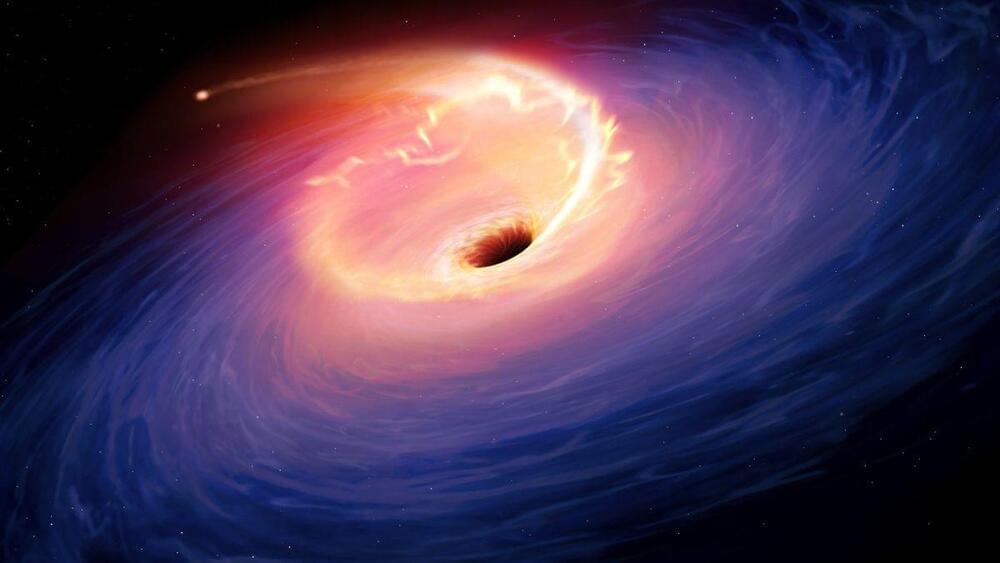
Large language models are computer programs that can analyze and create text. They are trained using massive amounts of text data, which helps them become better at tasks like generating text. Language models are the foundation for many natural language processing (NLP) activities, like speech-to-text and sentiment analysis. These models can look at a text and predict the next word. Examples of LLMs include ChatGPT, LaMDA, PaLM, etc.
Parameters in LLMs help the model to understand relationships in the text, which helps them to predict the likelihood of word sequences. As the number of parameters increases, the ability of the model to capture complex relationships and its flexibility in handling rare words also increases.
ChatGPT is an open-source chatbot powered by the GPT-3 language model. It is capable of engaging in natural language conversations with users. ChatGPT is trained on a wide array of topics and can assist with various tasks like answering questions, providing information, and generating creative content.

